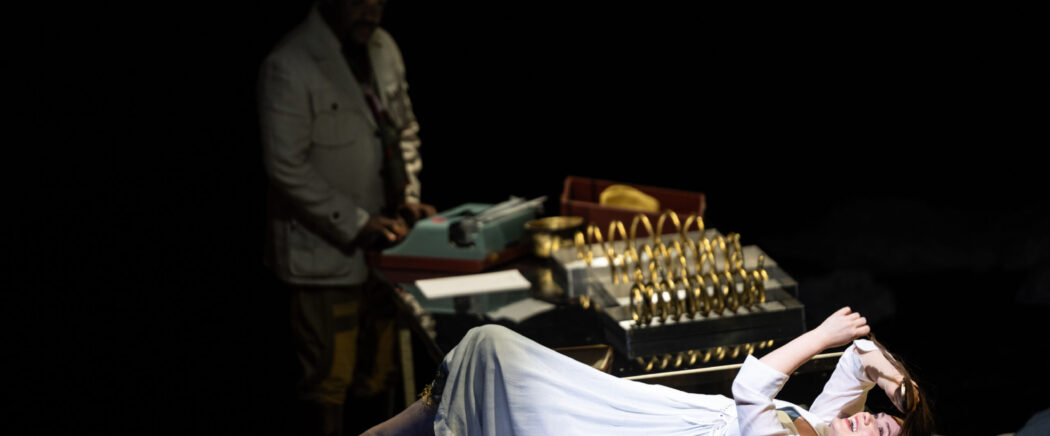Do cities die? Indeed, they do, much like human beings. Yet, as Italian poet, novelist, and playwright Gabriele D’Annunzio understood all too well, all things — whether human or not — persist in unpredictable ways after their demise. They may be forgotten, lost, or vanish, gradually or suddenly, but somehow and somewhere, they endure. Consequently, they may be unearthed and rediscovered. In their absence, they haunt us, even when we are unaware of their pervasive power to do so. Isn’t this one of the peculiar aspects of myth? Isn’t myth something that, originating from distant realms, merges the present with the past? This notion is precisely what D’Annunzio’s tragedy, La città morta (‘The Dead City’), suggests.
Penned in Italian in 1896 and first performed in French in Paris in 1898, with Sarah Bernhardt among the female leads, the play was later staged in Milan, Italy, in 1901, featuring the renowned Eleonora Duse. Set in the Greek town of Mycenae, it narrates the tale of two men and two women ensnared in a tragic web of impossible love and consuming passions. An archaeologist’s incestuous yearning for his sister collides with her infatuation for the archaeologist’s closest friend, a poet, whose blind wife, incapable of sight but adept at sensing and feeling, inadvertently triggers the play’s tragic climax.
When French composers Nadia Boulanger and Raoul Pugno, at the peak of their artistic collaboration around 1910, invited D’Annunzio to contribute to an operatic adaptation of the tragedy, he eagerly accepted. Regrettably, Pugno’s death and the outbreak of WW1 delayed the completion of La ville morte, with only a piano reduction surviving. Boulanger’s sole opera never graced the stage during her lifetime, but like all seemingly forgotten things, it holds the promise of revival. Presented in a newly conceived orchestral arrangement based on Boulanger’s materials, La ville morte immerses the audience in the tangled emotions and profound anxieties of its characters.
Confronted with the rediscovery of this mesmerizing musical drama, akin to the protagonists facing the unearthing of the remains of Mycenae’s ancient rulers, we are compelled to confront the enduring influence of ancestral themes involving desire, hatred, regret, and contentious notions of justice. As soon as the bodies of Agamemnon (the ruthless king who sacrificed his daughter to ensure success in the campaign against Troy and was later slain by his vengeful wife Clytemnestra) and Cassandra (the disregarded Trojan prophetess turned into the trophy of the Mycenaean king) are unearthed, they crumble to dust, leaving only their golden masks behind — ominous reminders that if the boundary between life and death is thin, the one between past and present is thinner.
Eugenio Refini is Professor of Italian Studies at NYU. He works at the intersection of classical reception, literary studies and music, with a focus on the ways in which performance may allow us to revive (and reconnect with) the past.
